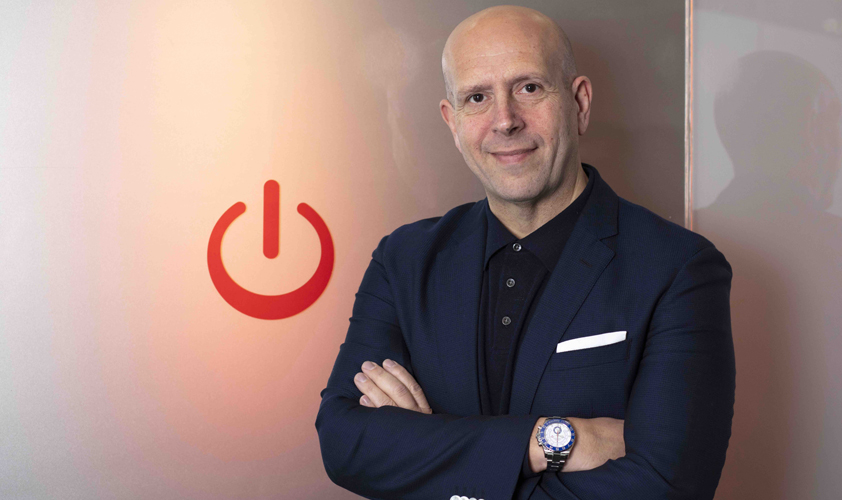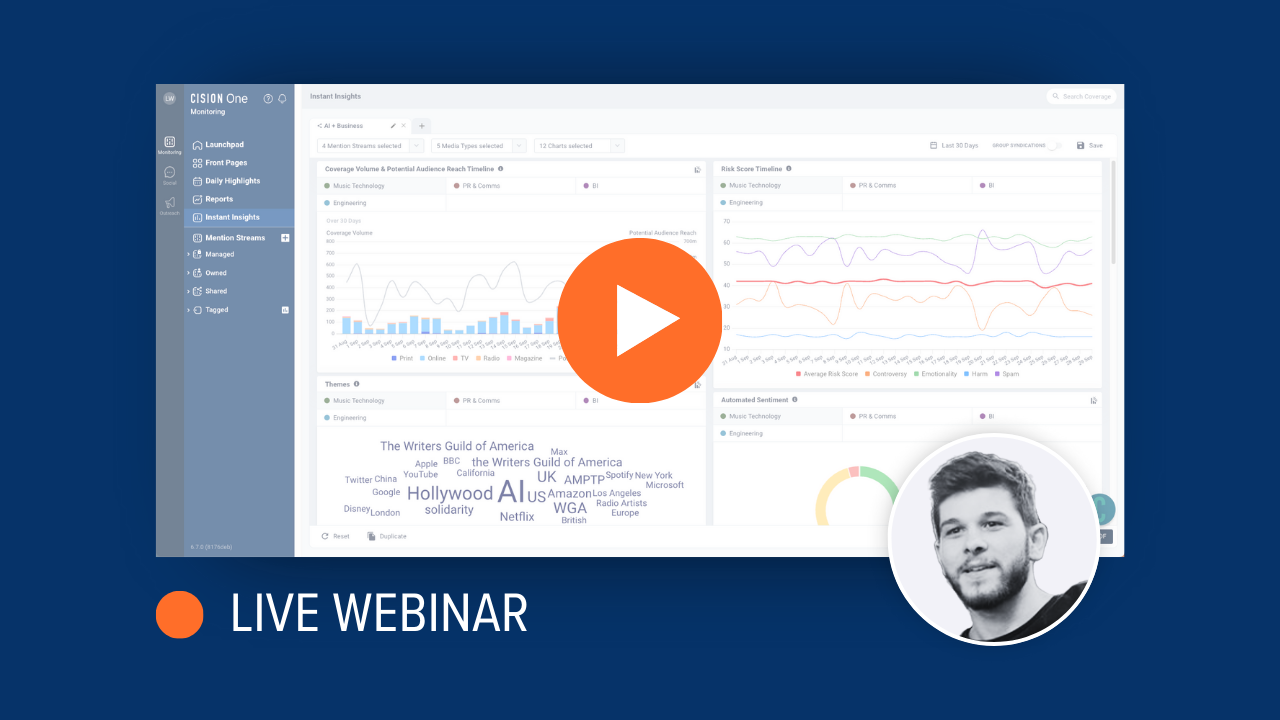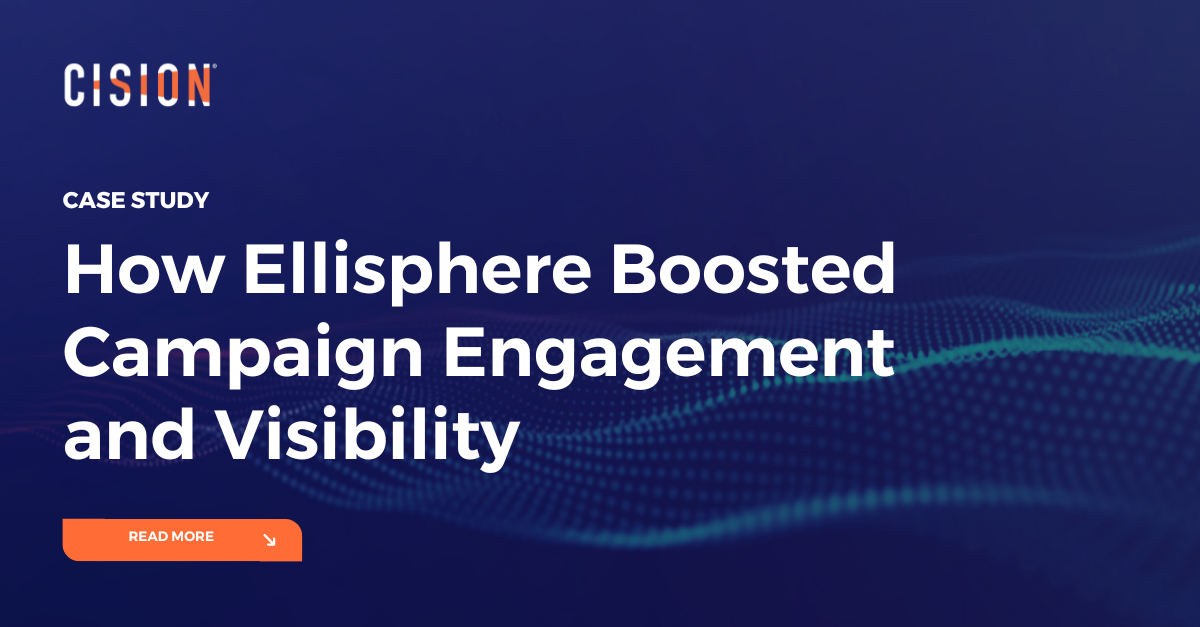
Howard Kosky, CEO and founder of markettiers4dc, explores the renaissance of podcasting, advises brands on how to engage with the medium and predicts the next trend to disrupt broadcast media.
You recently launched specialist podcast consultancy, 4DC. Why now?
The podcast space is booming. There are over half a million podcasts available on iTunes alone right now. Yet, as a PR and marketing channel, it has been misunderstood for a while.
How do we know this? Because hundreds of brands have come to us admitting they are confused about the opportunity podcasts offer. As a result of this growing market demand and untapped opportunity, we launched 4DC, a global strategic podcast consultancy.
How much do you expect the podcast sector to continue to grow?
Consumer attention is increasingly, and organically, moving towards the podcast as a media channel of choice. To put it into perspective, on average podcast penetration sits at around 12% – the same as Channel 4. Over six million Brits now tune into podcasts every week for around 3.5 hours, double the amount listening in 2013 according to Ofcom.
We predict massive growth in audience numbers – 20% year-on-year – as on-demand audio content becomes ever-more engaging and targeted. Imagine how much higher that number could be with big brand investment.
How do podcasts fit with the traditional broadcast media mix?
People’s eyes are starting to get tired from the volume of video content available, certainly on smaller devices, and they want the option of something a lot more passive.
In terms of audio, traditional radio and streaming services are going strong. On average Brits listen to 22 hours of radio each week and audio numbers are likely to shift again with the continued rise of smart speakers.
When it comes to audio, chances are if you’re interested in a particular subject there’s a specific podcast out there for you on a global platform. That level of accessibility makes audio incredibly appealing to the masses.
In marketing terms, what makes a podcast different to appearing on a radio programme?
Relevance, focus and targeting are the main differentiators for podcasts, also known as narrowcasting. Podcasts offer the benefit of niche targeting. You can produce a podcast for a specific audience, which you can’t do with traditional radio.
Radio programming and scheduling is the closest thing to an impossible task. Having to decide what someone is going to want to listen to at a particular moment in time.
Radio reach, however, has held strong. The fact you can now get radio on-demand, which I would class in most instances as a podcast, means people can now listen to audio when, where and how they want it. It’s the best of both worlds and the numbers reflect that.
Where is the greatest value in podcasts for brands and others? Creating their own podcasts or appearing as a guest on other podcasts?
Podcasts are in vogue. There has been a rush of brands wanting to be involved and, as a result, they produced a podcast. But the real question should be ‘how should I best approach it?’, rather than assuming the best approach is to always produce.
Like all media planning, if your target audience is already consuming content on existing podcasts, and there are guest or partner opportunities, then that might be the best route to market. It creates a new medium that allows brands to unlock the power of podcasts without actually producing anything themselves.
For me, ‘in play’, where the presenter talks about a service or product, offers a fantastic opportunity for brands. There’s a huge amount of it in the UK right now and audiences are engaging with it.
How do you look to measure the effectiveness of broadcast appearances for clients?
For podcasts, looking at downloads only can provide a false metric. The key question – at the briefing stage – should be ‘what’s the objective?’
For example, we’ve done campaigns for fund managers, targeting independent financial advisers. Success is measured through research groups before and after they listen to content. How has their view of the brand changed?
Layer that with the ability to distribute directly to IFAs becomes powerful. How effectively you are targeting your audience and the data you can get out of it is more important than just looking at how many downloads you got.
For brands to achieve cut-through, the content needs to get under the skin of what interests that audience.
Finally, following podcasts, what is likely to be the next trend to disrupt traditional broadcast media?
The wide adoption of addressable content. By this we mean content and advertisements tailored by broadcasters that are served to the right people at the right time, via audio and visual channels. This is achieved using data such as age, gender, demographic and geolocation.
According to Mindshare, addressable TV alone will grow its market share from 1% to about 30% of total TV advertising spend in the UK by 2022. This suggests brands are starting to focus on the ROI delivered through relevant content and targeted audiences.
About Alister Houghton
Alister writes about the PR and comms industry as content marketing manager at Cision. Send press releases, interview pitches, Inside the Campaign/PR case study examples and thought leadership pieces to alister.houghton@cision.com.
Learn More. Do More. demo new
PR Tips, Case Studies, and Product Updates

[On-Demand Webinar] The Next Generation of Media Intelligence: From Gorkana to CisionOne
Explore CisionOne, a revolutionary media intelligence platform, and the evolution of Gorkana. Learn key features and strategies from Luke Williams, CisionOne Product Marketing Manager. Elevate your media outreach to new heights!


